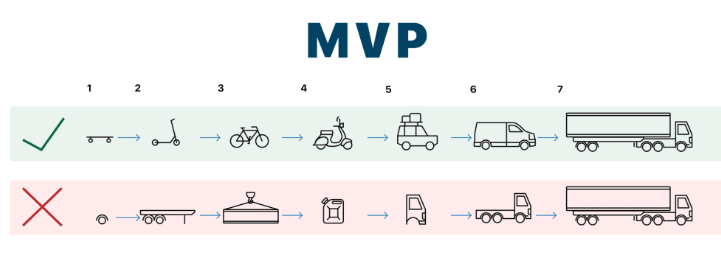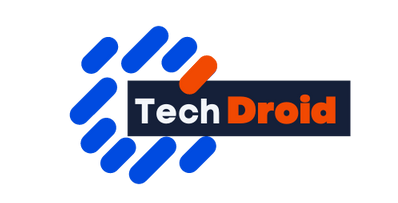Listening Strategy - Voice of Customer

Developing A Vibrant Listening Strategy
Listening strategy focuses on the Voice of Customer (VoC). Voice of Customer focuses on incorporating customer empathy in the development of products (or process) for them. Customers speak through many channels and mediums. Customers speak formally (surveys/interviews) or informally (social forums interaction/product response). The challenge for the organisation is to understand this feedback and convert it into something meaningful so value is delivered immediately, continuously, and consistently.
Customers are constantly evolving, and their needs and likings can change. Nearly 90% of the products developed have a shelf life of less than 6 months, primarily as they fail to develop the listening strategy during inception, development and delivery of the product. The organisations which can timely and correctly interpret the feedback data are called the fist movers.
Components of Listening Strategy
1. Analyse the Current State
Analysing the current state is important to understand the customer needs and how the function of the organisation can satisfy this need using existing or upcoming capabilities/products or services. Analysis of the current state provides information on high level pain points and help define the future state.
Current state is analysed seeing the whole picture and captures information flow throughout the organisation.
2. Research your customers
After current state is analysed, it is usually followed by identifying the target audience or end users who will be using the product/service. Customers can be internal or external to the enterprise ecosystem. By gathering information regarding the customer, organisations can:
- Attract potential customers
- Win over competitors’ customers
- Retain/Intensify the loyalty of current customers!
3. Benchmarking and Market Analysis
Benchmarking and market analysis are conducted to increase customer satisfaction and increase value to stakeholders. A continuous market review is important to create a clear picture for the customer’s appetite for a product or service, this helps to understand the differentiators of the product/service.
Market research may reveal in what sequence the features of the products are needed or development of a certain expensive feature is beyond the current capability of the organisation. In this case, organisation must stop further work on developing the feature and focus their resources onto more viable options.
4. Define your Customer’s Journey
Customer journey helps to uncover the pain points for the customer and help business analysts understand the touch points/interactions with the system(s).
Customer journeys are most valuable when they cover the whole journey (from awareness to advocacy) with clearly marked entry and exit points for each stage.
5. Focus on Value
The value prospect is the centerpiece for the Voice of Customer Listening Strategy.
Value assessment is an ongoing process. As soon as the analysts realise that the value prospect has reduced or finished, the analyst starts work to determine,
- What features or components can be added further to improve the value prospect?
- If value cannot be added further, should we continue, retire or cancel the initiative?
Value is always traced back to business needs, if value prospective cannot be traced back to business needs then the gap must be immediately addresses. The Business Analyst practitioners continuously uses the technique of traceability to ensure that the work produces can always be traced back to the value proposition.
6. Product Blueprint
Product concept is a sort of blueprint for the product inception activity in a customer-centric Agile/Lean process. It provides traceability back to value and customer’s feedback. Continuous alignment with product concept in product inception will result in a customer-oriented product.
The product concept captures maximum features for the product which are expected to deliver value, after assessment of timelines, market forces and other factors, concept of Minimum Viable Product may evolve. It may be possible MVP is a product with maximum features due to policy, legislative, regulatory or competition.

